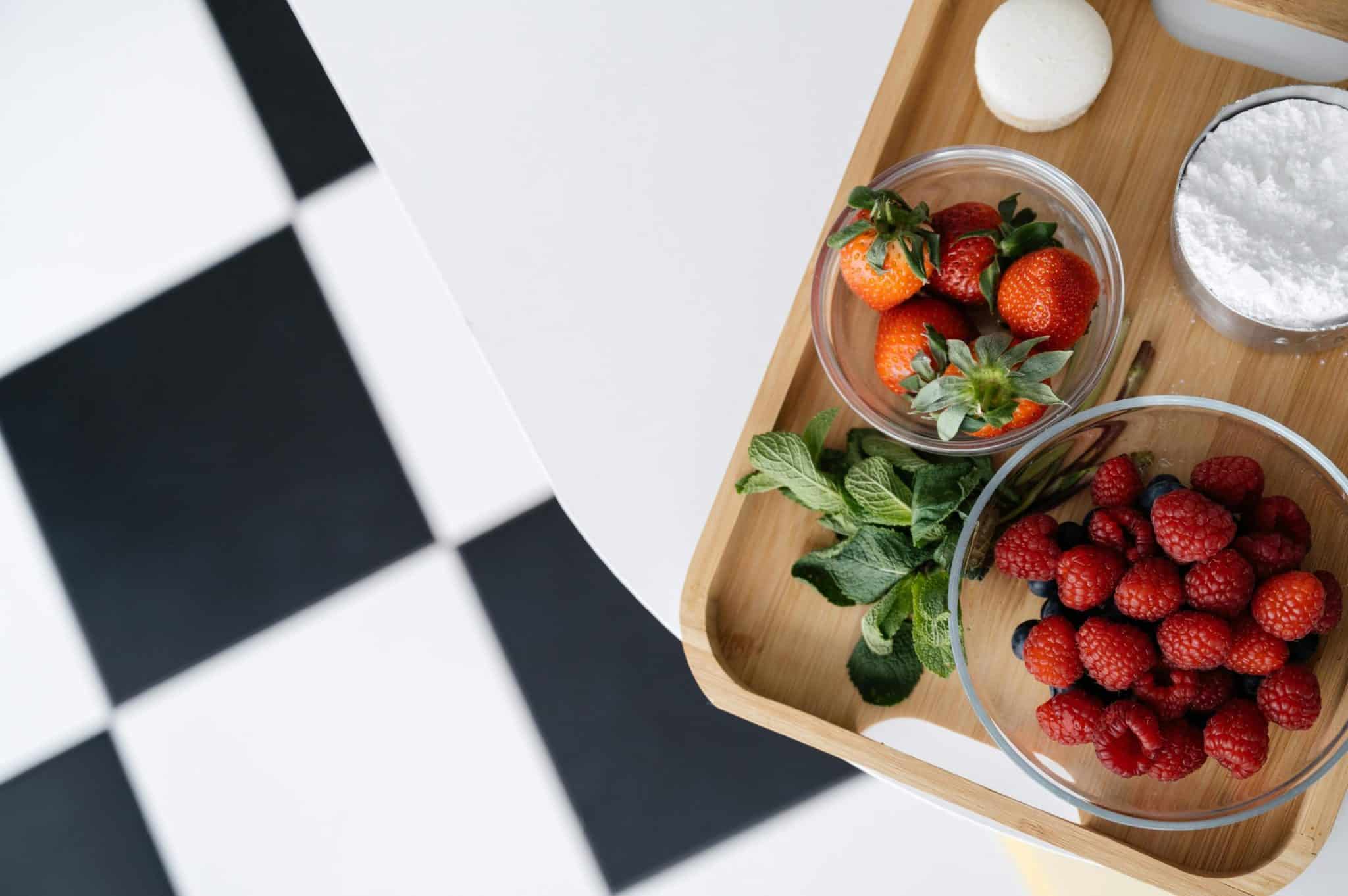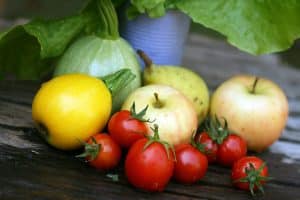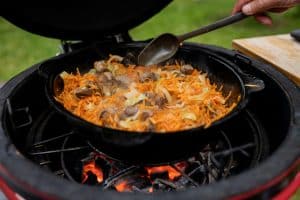Vegan Baking Without Compromise
Vegan baking has been on the rise in recent years as more and more people opt for a plant-based diet. However, for many, the idea of vegan baking may seem limiting and lacking in flavor. This couldn’t be further from the truth. With the right ingredients and techniques, vegan baking can be just as delicious and satisfying as traditional baking, all while being cruelty-free and better for the environment. In this article, we will explore the world of vegan baking without compromise, and show you how to create mouth-watering treats that everyone, regardless of dietary beliefs, will love.
The Basics of Vegan Baking
The first thing to understand about vegan baking is what exactly is being substituted. In traditional baking, ingredients like eggs, milk, and butter are used to add moisture, structure, and flavor to baked goods. In vegan baking, these ingredients are replaced with plant-based alternatives. Here are some common substitutes:
Eggs
Eggs are a staple in traditional baking, used for binding and leavening. There are a few options for replacing eggs in vegan baking, depending on the recipe.
For binding, you can use mashed fruits like bananas or applesauce, flax or chia seeds mixed with water, or tofu. For leavening, you can use baking powder or baking soda, as they react with the other ingredients to create lift.
Milk
Milk is used for its liquid and fat content in baking. For a vegan alternative, you can use plant-based milk such as almond, coconut, or soy milk. These have similar fat content and can be substituted 1:1 in recipes. Some other options for milk substitutes include cashew cream, coconut cream, and vegan yogurt.
Butter
Butter adds richness and moisture to baked goods. In vegan baking, coconut oil is a great alternative as it solidifies at room temperature and has a similar texture as butter. Other options include vegan margarine and nut butters like almond or cashew butter.
Ingredients for Flavor and Texture
Vegan baking doesn’t just rely on substitutions for traditional ingredients, it also utilizes unique ingredients to enhance flavor and texture. Here are some key ingredients used in vegan baking:
Nutritional Yeast
Nutritional yeast is a deactivated yeast with a cheesy, slightly nutty flavor. It is often used in savory vegan dishes but can also be incorporated into baked goods like bread and crackers. It is a good source of B vitamins and adds a delicious umami flavor to your treats.
Aquafaba
Aquafaba is the liquid from canned chickpeas and can be used as an egg white replacement in recipes like meringues and macarons. It can also be used as a substitute for eggs in fluffier baked goods like cakes and brownies.
Coconut Cream
Coconut cream is made by refrigerating canned coconut milk and scooping off the solid cream that rises to the top. It adds richness and moisture to baked goods and can be used in place of heavy cream in recipes like frosting.
Tips for Success in Vegan Baking
Vegan baking doesn’t have to be difficult or intimidating. Here are some tips to help you achieve delicious and satisfying results:
Measure accurately
Just like in traditional baking, accurate measurements are crucial in vegan baking. Invest in a good set of measuring cups and spoons and be mindful of the amounts you use.
Don’t overmix
Overmixing can lead to tough and dense baked goods. Mix the ingredients just until they are combined to avoid this issue.
Don’t be afraid to experiment
Vegan baking allows for a lot of creativity and experimentation. Don’t be afraid to try out different ingredients and flavor combinations to find what works for you.
Use quality ingredients
Using high-quality ingredients will result in a superior end product. Opt for organic, non-GMO, and ethically sourced ingredients when possible.
Conclusion
Vegan baking without compromise is not only possible, but it can also be fun and delicious. By understanding some basic substitutions and utilizing unique ingredients, you can create baked goods that are not only good for you and the environment but also taste amazing. Remember to measure accurately, avoid overmixing, and don’t be afraid to experiment. Happy baking!










